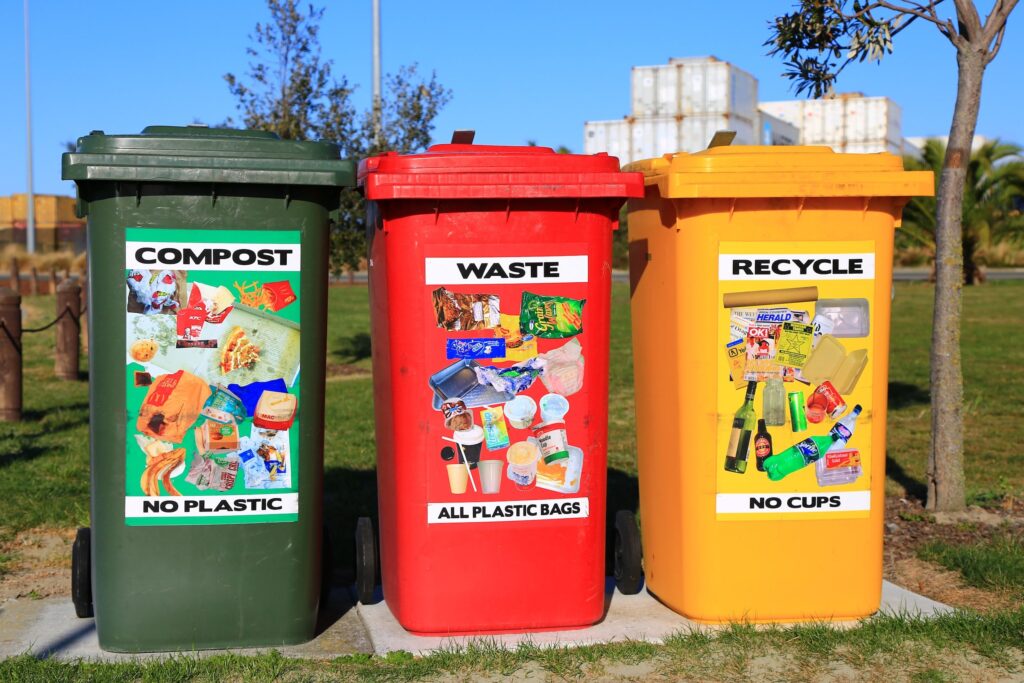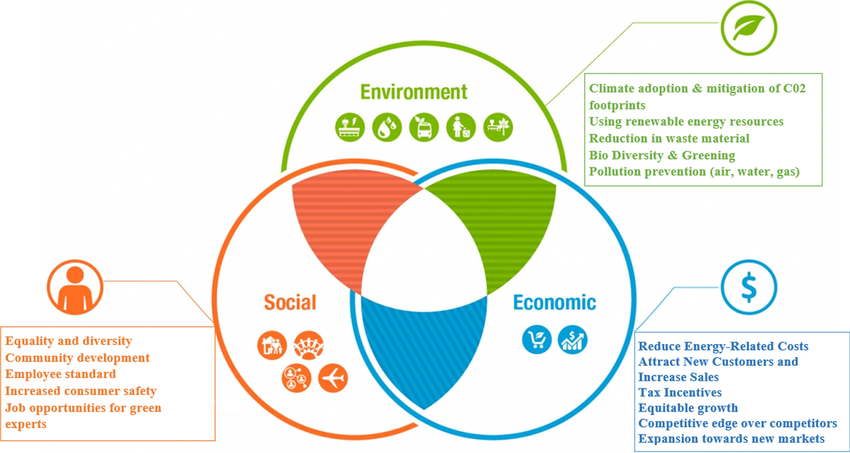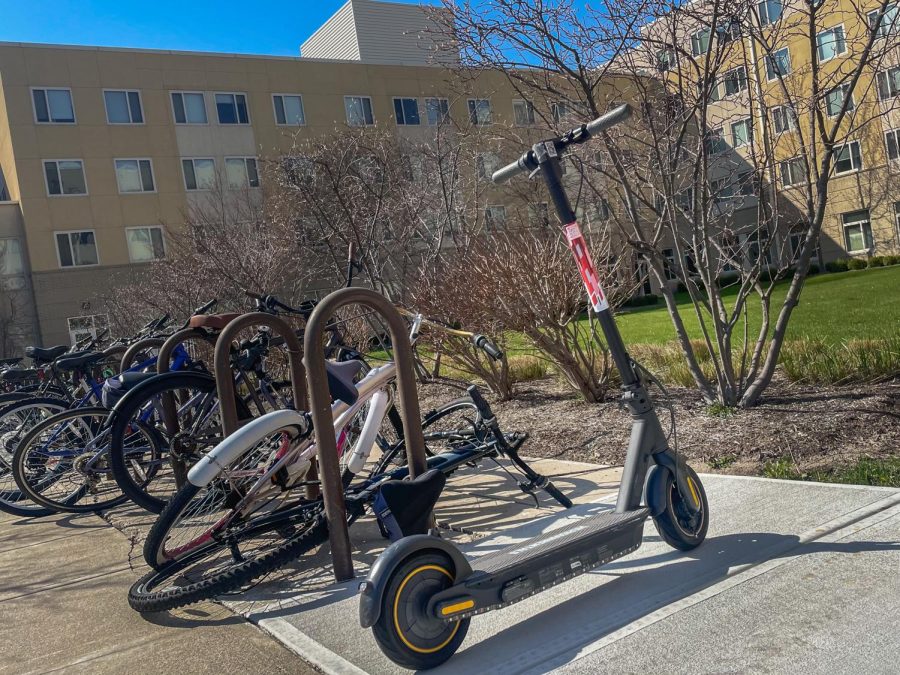
In recent years, sustainability in higher education has become a core value for many universities around the world. As climate change intensifies and the need for environmental stewardship becomes more pressing, institutions of higher learning are stepping up. They are adopting green initiatives on campuses to promote eco-friendly practices, reduce carbon footprints, and foster sustainable habits in their communities. These initiatives not only help preserve the environment but also benefit students, faculty, and staff in numerous ways.
From renewable energy projects to sustainable transportation systems, universities are spearheading innovative programs that make campuses greener, more energy-efficient, and more sustainable. However, the road to sustainability is not without its challenges. Funding, implementation difficulties, and cultural resistance can pose barriers. Still, the positive impacts of these efforts far outweigh the obstacles, and the momentum toward sustainable practices continues to grow.
The Role of Universities
Universities hold a unique position in society—they are hubs of knowledge, research, and innovation. Therefore, they are naturally suited to lead by example when it comes to promoting sustainability. By implementing green initiatives, universities not only reduce their environmental impact but also influence future generations of leaders to prioritize sustainability in their professional and personal lives.
Incorporating sustainability in higher education goes beyond integrating green practices into daily campus operations. It involves educating students about the importance of sustainability through coursework, research opportunities, and extracurricular activities. In this way, universities become living laboratories for sustainability, offering hands-on learning experiences that encourage students to engage in solving real-world environmental problems.
Green Campus Initiatives
Green initiatives on campuses are no longer isolated efforts; they have become part of a global movement where sustainability in higher education is a key strategic goal The following sections highlight some of the most common and impactful green initiatives implemented by universities today.
Renewable Energy Projects on Campuses

Many universities are investing in renewable energy projects to power their campuses with cleaner, more sustainable energy sources. Solar panels, wind turbines, and geothermal systems are now commonplace at institutions that are committed to reducing their reliance on fossil fuels.
For example, Stanford University in California launched its Stanford Energy System Innovations (SESI) project, which transitioned the university from a natural gas-powered combined heat and power plant to an electricity-powered heat recovery system. This initiative has reduced the campus’s greenhouse gas emissions by 68% and water consumption by 18%.
In the UK, the University of East Anglia installed a biomass energy plant that uses organic waste to generate heat and electricity, cutting carbon emissions by 30%. These projects not only reduce operational costs but also provide valuable research opportunities for students in environmental science and engineering.More information can be found on the Benefits of Biomass Energy.
Sustainable Transportation Programs

Transportation is a significant source of carbon emissions on university campuses, especially in large urban areas. In response, many universities have implemented sustainable transportation programs to encourage students, faculty, and staff to use eco-friendly modes of transportation.
Bicycle-sharing programs, electric vehicle charging stations, and carpooling initiatives are just a few examples. The University of California, Davis leads with an extensive bicycle infrastructure that includes bike paths, repair services, and bike-sharing programs. This campus is consistently ranked as one of the most bike-friendly in the U.S.
Meanwhile, University of British Columbia (UBC) offers a comprehensive sustainable transportation plan, promoting public transit, carpooling, and cycling. UBC has reduced single-occupancy vehicle trips by 50%. You can read more about Sustainable Transportation Methods for Urban Campuses.
Waste Reduction Strategies

Waste management is a critical component of any sustainability plan. Universities generate large amounts of waste, from food and paper to electronics and construction materials. To tackle this issue, many institutions have developed waste reduction strategies aimed at minimizing waste generation and increasing recycling rates.
For instance, the University of Colorado Boulder has implemented a campus-wide zero-waste goal, aiming to divert 90% of its waste from landfills by 2025. This effort includes comprehensive recycling programs, composting initiatives, and campaigns to reduce single-use plastics.
Similarly, Harvard University focuses on reducing, reusing, and recycling materials, offering comprehensive recycling bins, waste workshops, and reusable container programs across campus. More details on Harvard’s Waste Reduction Program are available for interested readers.
Sustainable Buildings and Green Architecture

Many universities are also focusing on green architecture and sustainable buildings as part of their environmental strategies. The construction and maintenance of buildings are major sources of carbon emissions, so designing energy-efficient buildings has become a priority.
The University of Melbourne has constructed buildings certified under the Green Star rating system, using solar panels, rainwater harvesting, and natural ventilation to minimize energy use. Read more about Green Building Certification Systems.
The University of Washington also prioritizes LEED-certified buildings, designed to use less energy and water, reduce greenhouse gas emissions, and promote healthier indoor environments. Learn more about the Benefits of LEED Certification.
Benefits of Green Initiatives

Implementing sustainability initiatives on campuses benefits students, faculty, and the broader community. These programs not only help protect the environment but also create educational opportunities and foster collaboration.
For students, being part of a sustainability in higher education program offers hands-on learning experiences. By participating in projects like campus gardens or renewable energy research, students gain practical skills that prepare them for careers in the growing green economy.
Faculty also benefit from research opportunities on sustainability topics and can incorporate these themes into their curricula. Additionally, universities that prioritize sustainability attract environmentally conscious students and staff, boosting their reputations and enrollment numbers. Discover more about Student Opportunities in Green Careers.
Challenges Faced By Universities

Despite these efforts, universities still face challenges in implementing sustainability programs. One of the primary obstacles is funding, as many sustainability projects require significant upfront investment.
There is also often resistance to change from students, faculty, and staff, who may find it difficult to adopt new practices like using public transit or reducing waste.
Additionally, measuring the impact of sustainability initiatives is complex. Establishing reliable metrics for carbon reductions, waste diversion, and energy savings is crucial for tracking progress but can be difficult to implement effectively. For more insights, visit our Guide to Measuring Sustainability Impact.
Conclusion
Universities around the world are leading the charge toward a more sustainable future through innovative green initiatives on campuses. From renewable energy projects to sustainable transportation and waste reduction programs, these efforts are transforming institutions into models of environmental stewardship. However, while significant strides have been made, there is still much work to be done.
Students, faculty, and staff play a critical role in advancing these initiatives. Whether by participating in campus-wide programs, advocating for sustainable policies, or simply making eco-conscious choices in daily life, everyone has a part to play in creating a greener, more sustainable future. Sustainability in higher education is not just about reducing a university’s environmental impact—it’s about preparing the next generation of leaders to address the pressing environmental challenges of tomorrow.
By engaging with and supporting sustainability efforts, universities can continue to foster a culture of environmental responsibility, ensuring they remain at the forefront of global efforts to protect the planet. The road ahead may be challenging, but the benefits—for students, faculty, the community, and the environment—are undeniable. Together, we can shape a future where environmental stewardship is a shared responsibility, paving the way for a healthier, more sustainable world.



